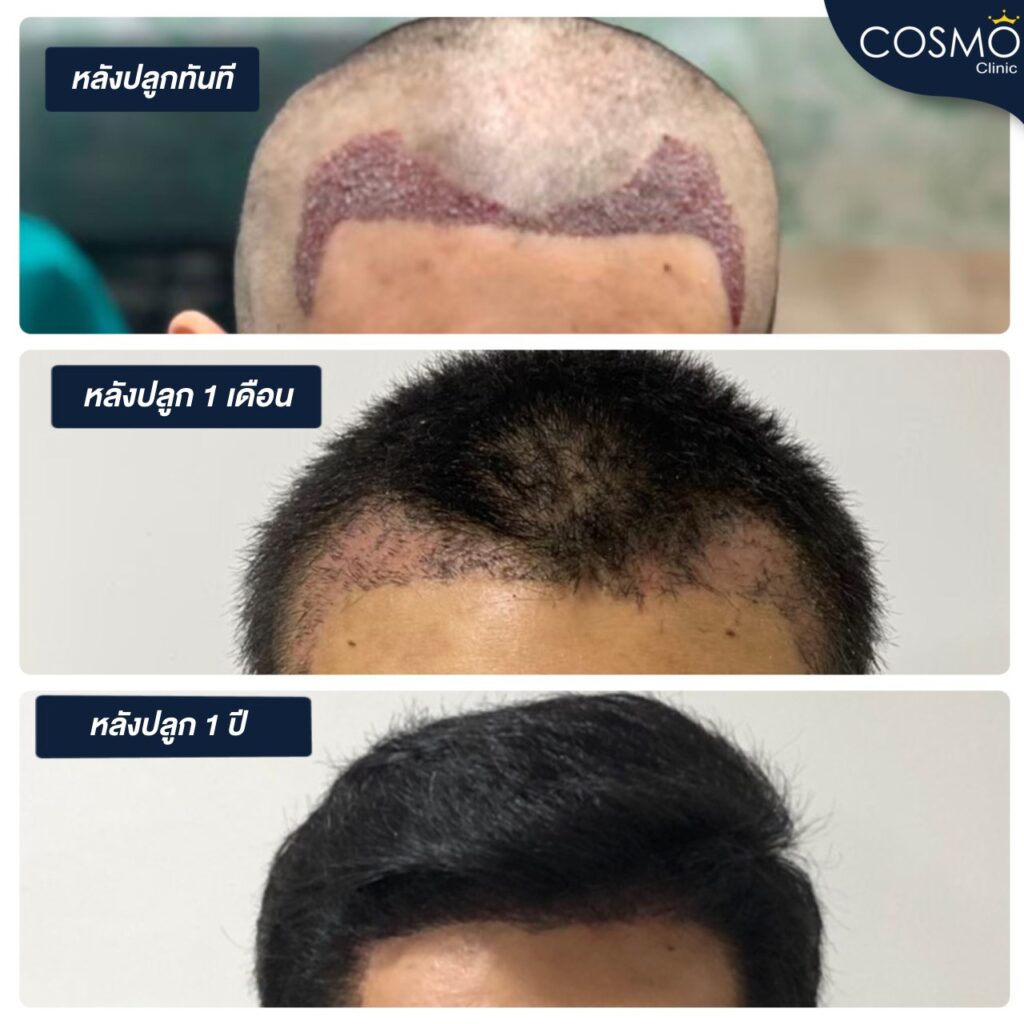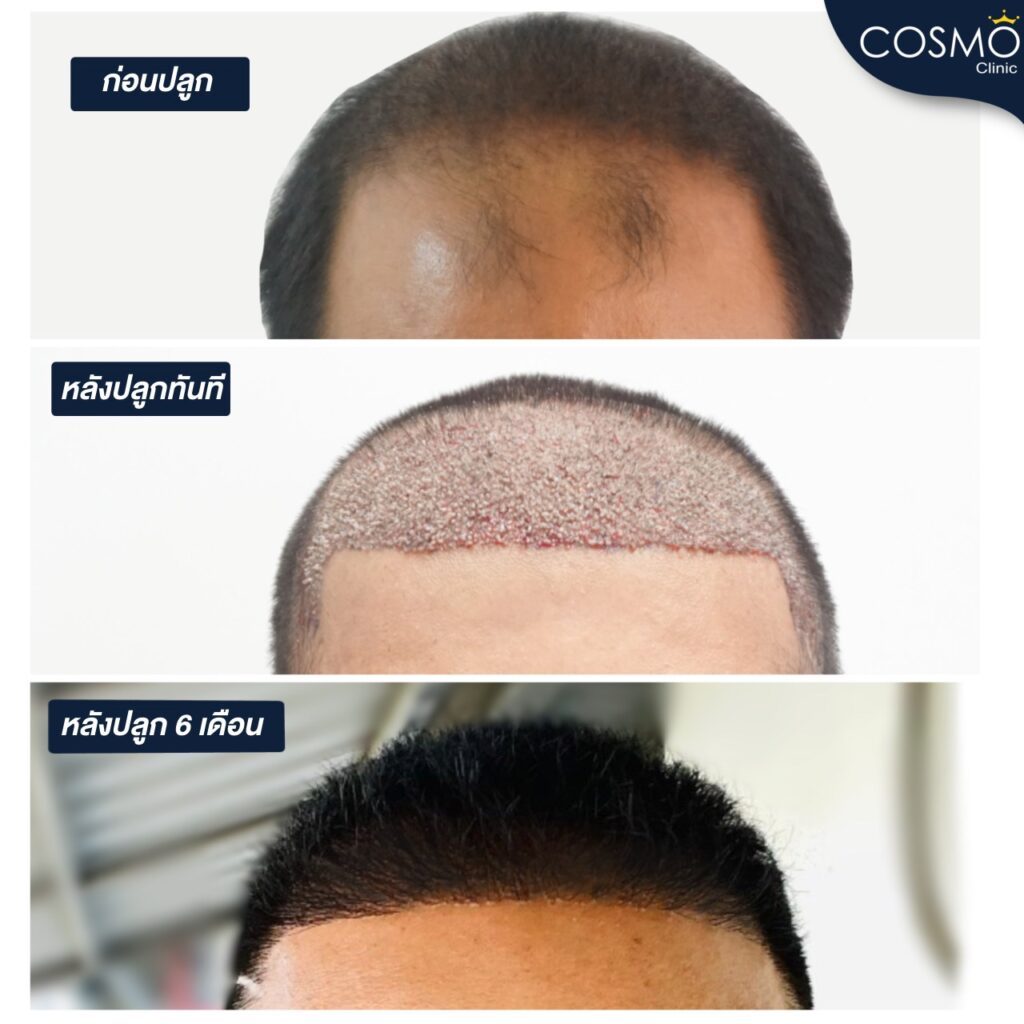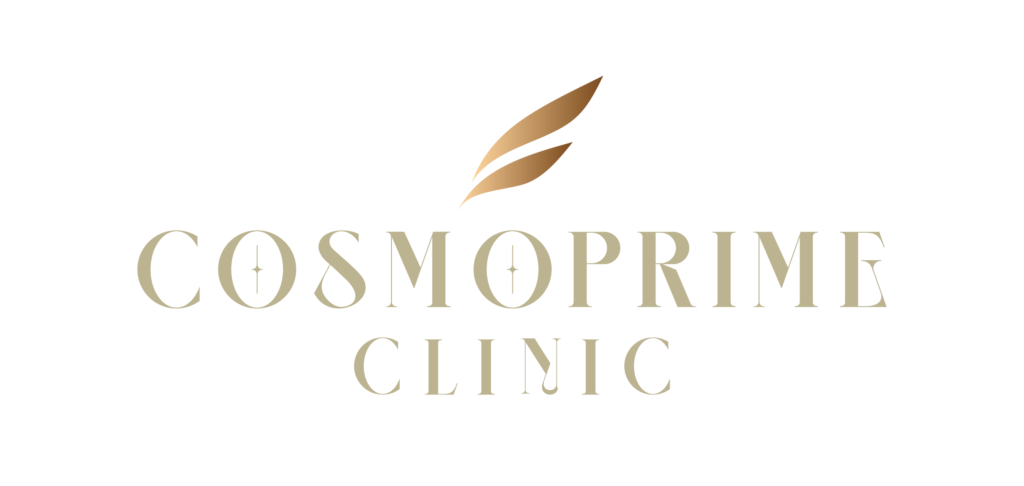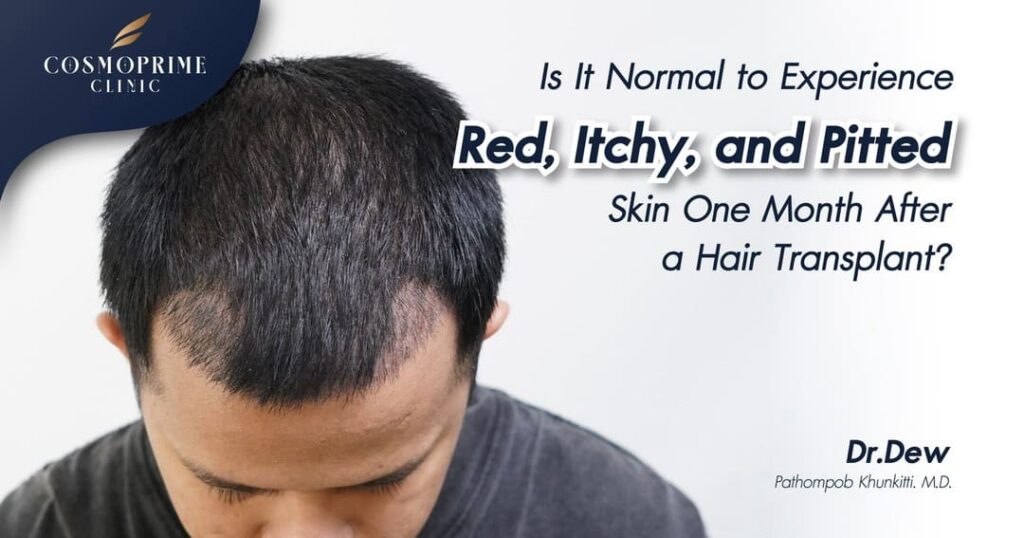Worried about red, itchy, or pitted skin one month after your hair transplant? Learn what post-transplant shock loss is, why these symptoms occur, and when to seek advice from experts.
Read more about: shockloss
table of contents
Understanding Post-Transplant Shock Loss
After a hair transplant, most patients enter a phase called shock loss within 2-4 weeks, where newly transplanted hairs begin to shed. This process leaves the scalp looking bare, and it is common to notice red or pink patches, tiny puncture marks, and increased itching. These changes result from the body’s natural healing process after surgical intervention.
Read more : Why Do Donor Area Punch Holes Vary in Size?
Red or Pink Scalp After Transplant
Why Does the Scalp Turn Red?
During the hair transplant procedure, doctors create small incisions or “punch holes” in the scalp to implant new hair follicles. One month after surgery, these areas may appear red or pink as they continue to heal. Although this redness might worry some patients, it is a normal sign that the skin is repairing itself.


When Will It Improve?
The redness usually diminishes on its own over time, and most patients see significant improvement within 6 to 12 months after the procedure.
Itching During the Shock Loss Phase
Causes of Itching
Itching is another common post-transplant symptom. It can occur in both the recipient area (where the new hair is implanted) and the donor area (where the follicles are extracted). The itching is primarily due to:
- The skin’s natural healing process from the micro-incisions.
- The emergence of new hair as the transplanted follicles begin to grow.
How to Manage Itching
To alleviate discomfort, doctors often recommend over-the-counter antihistamines, such as cetirizine or loratadine, which help reduce the itch without interfering with the healing process.
Pitted or “Pockmarked” Scalp Appearance
What Causes Pitted Skin?
Some patients notice that their scalp appears pitted or has small depressions during the shock loss phase. This can happen when hair tries to regrow but fails to emerge properly, similar to ingrown hairs or mild acne-like reactions. In some cases, tiny pitted marks may also resemble small acne lesions.
Will the Pitted Skin Heal?
Fortunately, these pitted areas are typically temporary. As the scalp continues to heal and new hair grows in over the next year, the skin should gradually return to a smooth, natural appearance.
Final Thoughts – When to Consult Your Specialist
Experiencing a red, itchy, and pitted scalp after a hair transplant is usually a normal part of the healing process. However, if you feel uncertain about your symptoms or if they worsen, it is essential to consult a hair restoration specialist. You can also send in photos for an evaluation or visit your clinic for a personalized consultation.
For expert guidance and top-quality care during your hair transplant journey, trust the professionals at Cosmo Hair Center. They are dedicated to ensuring a safe and effective recovery process and will help you achieve natural, lasting results.

Article written by
Pathompob Khunkitti, MD.



